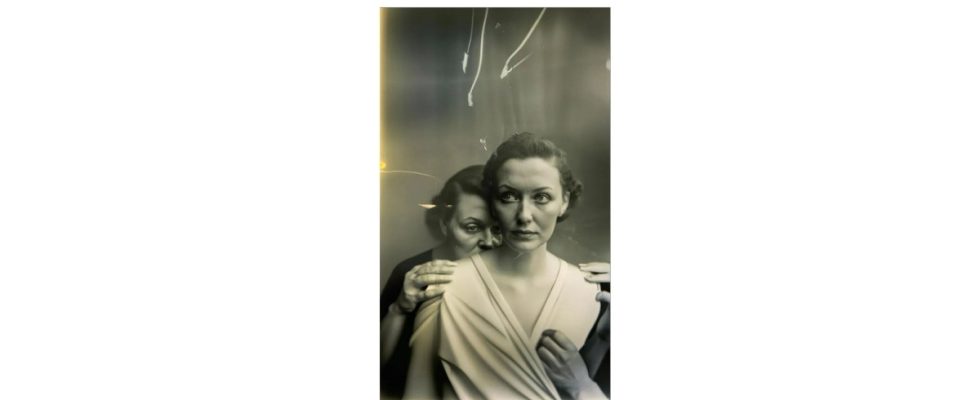Sometimes cheekiness is the best argument. Berlin photographer and artist Boris Eldagsen refused a Sony World Photo Award last week. He won the open competition in the “Creative” category with a picture of two women that looks as if it was created in the first half of the 20th century. The picture is not a photo, he said, but was created with the help of programs belonging to the new generation of generative artificial intelligence. In the run-up to the award, he had tried to initiate a debate with the jury and the World Photography Organization. After his appearance at the ceremony, she removed him from the list of awardees and switched to “no comment” mode. The debate will be held elsewhere and on other channels, it said.
It’s not that easy to control, neither for the World Photo Organization nor for Boris Eldagsen. It belongs next to Julian van Dieken and Charlie Engman to the pioneers of AI-generated photo art. Hardly anyone knows them, otherwise Eldagsen’s refusal to award the prize would have caused more excitement. Because the gesture is reminiscent of the actions with which art stars exposed the art market. In 2018, Banksy had built a shredder into the frame of one of his pictures, which featured the “Girl with a Balloon” at an auction cut into strips. A year later, Maurizio Cattelan glued three bananas to the wall at the Art Basel Miami art fair. The art market reacted with its very own sense of humour. Banksy’s shredded picture fetched almost 19 million euros on the secondary market, making it his most expensive work to date. Cattelan’s bananas went for $120,000 each.
Are computers creative?
There has been a lack of humor in the AI photo debate so far. Which also has to do with the fact that this is about much more fundamental things than the morality of money. What makes Boris Eldagsen’s action particularly interesting is that he didn’t just want to embarrass the World Photography Organisation. Many institutions that are supposed to vouch for the authenticity of photos are currently falling for fake AI images. For example, many media complied Image of the Pope in a hip hop puffer coat for real. In Australia, absolutely.ai won a regional photo contest with a surfer image from their Image AI.
The really interesting thing about the debate surrounding Eldagsen’s picture is that the World Photography Organization still gave him the win after he reported that it was an AI picture. If one were to strictly follow copyright law, Eldagsen’s work would definitely be a work of art that he created. He writes that he has a “50 to 80 percent share” in the creation of such a picture. He sees himself more as a director than as a photographer. Because artists like him, van Dieken or Engman not only give one or two instructions to their image AI, but also subject such images to several passes, provide their “prompts” with technical terms and use several programs. This means that the so-called “creative height” required by German copyright law has been reached. According to the Federal Court of Justice, this is not determined by law, but by “the opinion of expert circles that an artistic achievement exists.”
The World Photography Organization saw it that way too. “Various experimental approaches to image design are welcome in the “Creative” category of the open competition, from cyanotypes and rayographies to the most modern digital processes,” she replies when asked. “Following our correspondence with Boris and the assurances he gave, we felt his entry met the criteria for this category and we supported his participation.” Eldagsen, however, is concerned with something else. He wants AI images to be recognized as an independent form and treated as such. Only then can art history and the public clarify the questions raised by these images. How much part must man have in a work to claim creation as his own? What about the works from which an AI generates its images? Are machines creative? In any case, there are still no answers.

